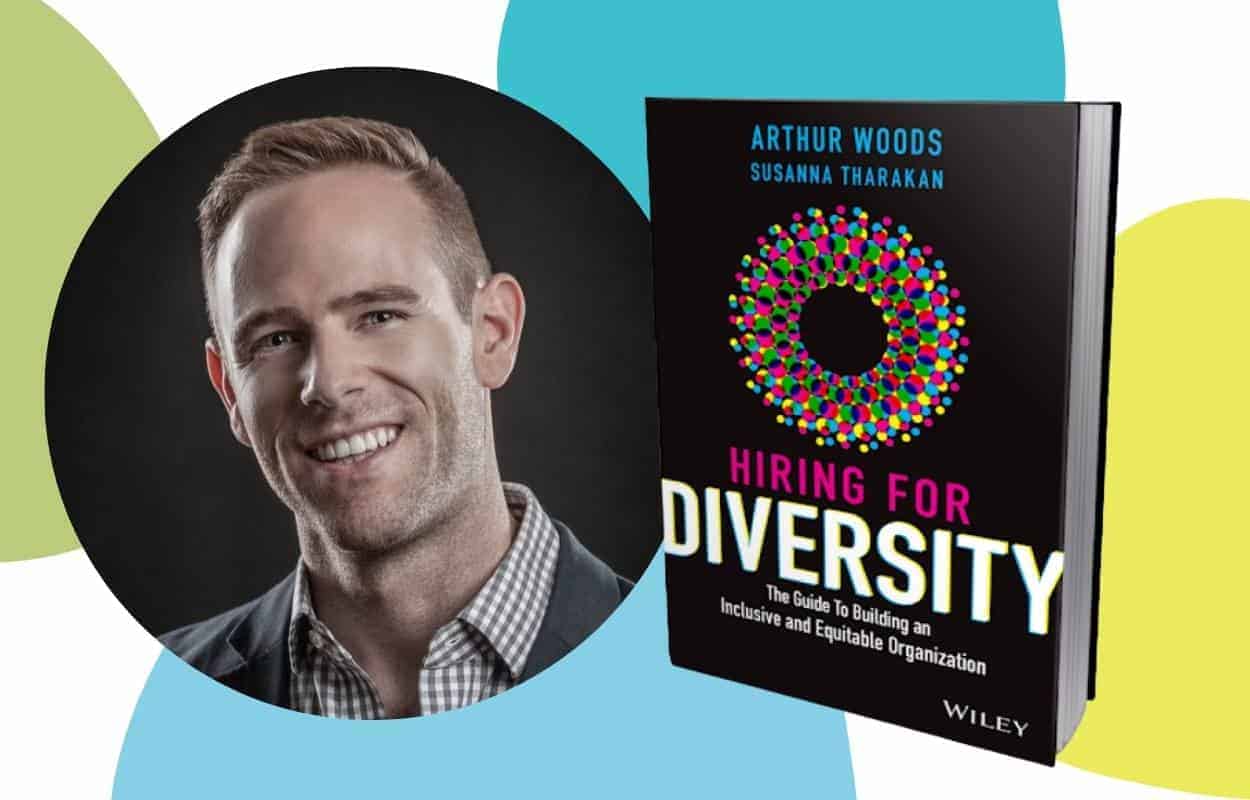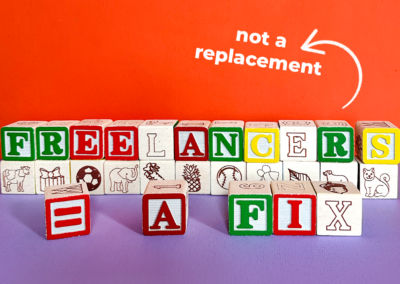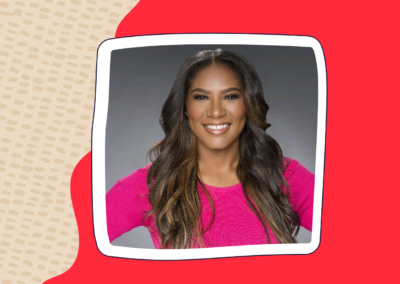Q: Arthur let me start by saying thank you to you and your co-author, Susanna Tharakan for writing this and putting it out in the universe. Hiring for Diversity is an important educational tool that has long been needed. What fueled you to write this book and why is 2021 the right year for this to be published?
Arthur: I think the events of the last year caused us to look inward in a way that many of us hadn’t before. We’ve always known that there is such a stark inequity that exists in society and in the workforce. We look around the workforce and we see a lack of representation. I think the events of last year brought it to such a close proximity to everyone.
The events of the pandemic, the murder of George Floyd and that hate crimes against the AAPI community all happened in the same year. It forced us to say we can’t keep talking about the need for diversity, we have to do something about it. There was this level of accountability. We heard from employees and leaders who were speaking up and starting to be vulnerable. You also saw organizations making commitments for the first time, however, we also realized a year later many haven’t made progress since their commitments.
Q: Why do you think organizations weren’t successful in the commitments they made?
Arthur: It’s one thing to promise to improve diversity within your organization. It’s another thing to actually systemically do something about it. We can’t simply just make a commitment and say cool now go find me different communities to go hire.
A major impetus for this book is about addressing the fact that the systems that we’ve designed have benefited certain people since the beginning of time and the design itself was very intentional. These systems won’t change overnight and they won’t change without us focusing on change.
A lot of organizations made commitments, but weren’t looking at their processes, their systems, and how they treat people when they walk into the room. The role of the book was to do a thorough walk through and identify systemically what has to change to start breathing equity into the way that we operate.
Q: Hiring for Diversity: The Guide to Building an Inclusive and Equitable Organization is the complete title of the book. This book is set up in a way that someone can use it as a guide, holistically or go to a specific chapter or section that applies to their challenge(s) and create actionable steps that will lead to change. Which chapters would recommend a reader start with first?
Arthur: For me the one that spoke to me personally was Chapter 3, in really trying to dimensionalize what’s meant by diversity. I think so many leaders right now operate in a monolithic way and would love to just cherry pick and say we need to show x,y,z is increasing. Instead of understanding there are visible and invisible aspects of diversity and that we don’t place individuals in a box.
What was also clear during this process is that there are entire communities that are not part of the equation for organizations in terms of improving diversity, these communities are systemically oppressed because of the policies upheld by certain organizations, specifically the formerly incarcerated community.
I hear employers tell me that they have policies that prohibit someone with a criminal history from applying for a job.
Q: Franklin Leonard, creator of the Blacklist, a survey highlighting Hollywood’s most popular unproduced screenplays, tweeted a response to a BBC article titled: “Why ineffective diversity training won’t go away?” He wrote “If your goal is a diverse workforce, hiring people who don’t need diversity training is likely more effective than diversity training.” Do you agree, and why or why not?
Arthur: Yes, absolutely I agree. Organizations send employees to unconscious bias awareness training and all of sudden everyone’s cured and their work is done but we know that’s not truly the end of the diversity training journey—it’s actually the beginning. If we stop there on the journey that does more harm than good. If you’re shifting systems and engaging everyone in it then training should be happening on a daily basis. It becomes a part of an organization’s DNA.
Q: According to the 2021 Rosie Report, only 55% of marketers say a diverse organization is a must have. This stat is worrisome. How do you get people to understand and value diversity?
Arthur: In order to get buy-in, we need to recognize that we all have a relationship to this diversity work. Everyone has had an experience of feeling othered and not feeling a sense of belonging. It’s easy for the potential white ally to even feel like this work is not about them or worse, choose to sit on the sidelines worried about saying the wrong thing and then disengage as a result of that fear. That is the wrong posture. We need everyone.
As a first generation LGBTQIA, I had to realize as a white ally, I had to come to terms with speaking about race no matter how uncomfortable it made me feel. Because diversity involves our emotions, our identity, our sense of belonging, so by default we all have a relationship to it. The moment we can get leaders to recognize that you start to see a different posture among everyone. The organizations that are doing this well are the ones that are shifting the responsibility from this being the work of a DEI committee or a progressive talent leader to the whole organization. They acknowledge that everyone plays a role.
Q: In Chapter 2 you talk about how companies ignore the value of data to help build the foundation of a diverse company? Why do you think organizations avoid starting with the numbers?
Arthur: A lot of organizations don’t pay attention to numbers because they’re embarrassed by how low they are. It’s almost like living in denial. It’s also a way of not taking responsibility. There is this idea that you have to achieve some sort of perfection, which is a problem, because that means that you’re not bringing people along, you’re not building transparency, and you’re treating this as if progress doesn’t matter.
A really good example of accountability was when the CEO of 23andMe [Anne Wojcicki] spoke out last year and acknowledged that the organization was a part of the problem and that they weren’t doing enough. That kind of honesty and vulnerability is important. I believe that’s the kind of tone we need right now.
Q: In Chapter 5 you cover the importance of rethinking hiring requirements such as degrees, the years of experience and provide strategies on how to craft a thoughtful job description. What are some of the things you find alarming on job descriptions?
Arthur: One of the things we realized needed changing was the way we think about language. We need to eliminate jargon and corporate cliches that are only understood by a certain group of people. So many job descriptions have exclusionary language. In addition to the exclusionary language we should be analyzing and rethinking job requirements. What is the point of adding ‘preferred skills’ to a job description? The more we build unnecessary things into our job descriptions the more we narrow the hiring pool.
Q: There are many stories of people who are asked to interview potential hires without experience or preparation. What are your thoughts? Do you believe that hiring managers should be more strategic about who is selected to interview potential hires and the preparation needed, if any?
Arthur: The more that we diversify the pools of people we’re interviewing and we reinforce structure and consistency in the interview process, the better the whole process will be. We also need to recognize that hiring managers have way too much influence in the decision making and a lot of times that decision is made based on their own unconscious bias. The interviewing process doesn’t have to feel like rocket science. It simply requires structure. If you have consistent questions and competencies you’re looking for then anyone can conduct an interview.
Q: My favorite chapter is Chapter 9, Ensuring Equitable Job Offers. You take an incredibly thorough approach to address the pay inequities that exist and how they are driven by systemic racism, gender inequality, and bias from incarceration. Why was it so important to dive deep into this topic?
Arthur: Honestly, the pay equity chapter was the one that was most outside of our comfort zone. Mathison doesn’t work in pay equity, although we acknowledge how critical it is. As permanent students in this space, it was really amazing to understand the deep origins of pay inequity in our society.
Q: This book is so profound, thorough, and easily digestible. Now that this is out in the world what do you hope people take away from it?
Arthur: I hope that people don’t just view this as a book for people who are in human resources or recruiting. I hope they realize that this book is for everyone. That this book inspires them to bring awareness to a community that they don’t know about. If we did that as individuals, we would have a much better workforce.
I also hope readers recognize that we’re not alone. The boats truly do rise with the tides. We’re all in this together and navigating this work together. The more collaborative the work, the more impactful it will be.
Arthur’s Socials: LinkedIn, Twitter, Instagram, Website
Asha’s Socials: LinkedIn, Twitter, Instagram



